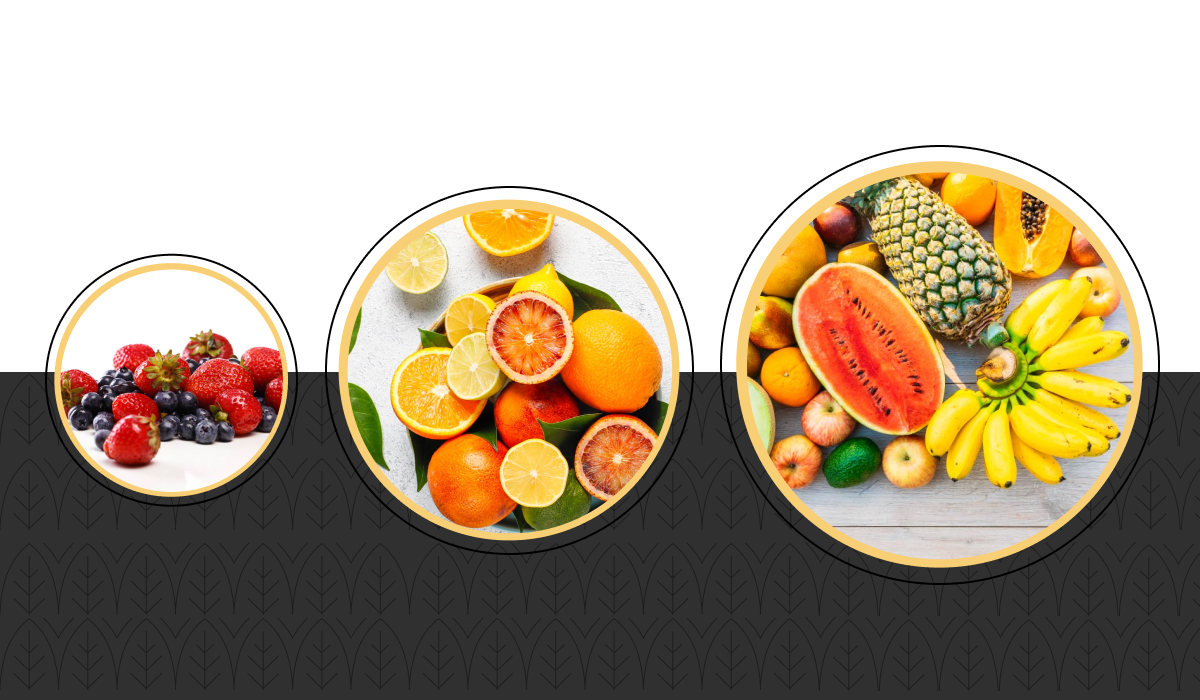
Eating is a part of daily life no matter which language you speak, and learning how to say fruits in Spanish will help you learn Spanish fast and improve your fluency. You can expand your vocabulary and food knowledge by learning fruit names in Spanish with these example sentences and phrases.
Read about fruits in Spanish and common phrases that you can use in day-to-day conversations. Then, look at other ways to broaden your speaking skills on our Spanish vocabulary page.

Whether peeled, chopped, or baked, you can expect many common verbs and expressions when it comes to describing and preparing fruits in Spanish. Make sure to learn this list to help follow recipes or talk about fruits.
Now, let’s try a few common questions and sentences you can use when talking about fruits in Spanish:

Although people in Spanish-speaking countries eat many of the same fruits as other parts of the world, they also have produce unique to their regions (some you may have never tried before!). Have you heard of these fruit names in Spanish?
Idioms are phrases that have figurative, non-literal meanings. You might get confused when you hear a few of these expressions that contain fruit names in Spanish because the literal words don’t match the actual meaning.
Learn some of the following idiomatic expressions that contain fruits in Spanish:
| Idiom | Literal Meaning | Actual Meaning |
|---|---|---|
| De uvas a peras | From grapes to pears | Rarely, unusual, similar to the English idiom “Once in a blue moon” |
| Media naranja | Half orange | Soulmate, similar to the English “other half” |
| Ponerse como un tomate | To look like a tomato | To blush, similar to the English “turn red” |
| Comerse el coco | To eat one’s coconut | To overthink |
| Ser del año de la pera | To be from the age of a pear | To be really old |
Speak to a native online Spanish tutor and ask.